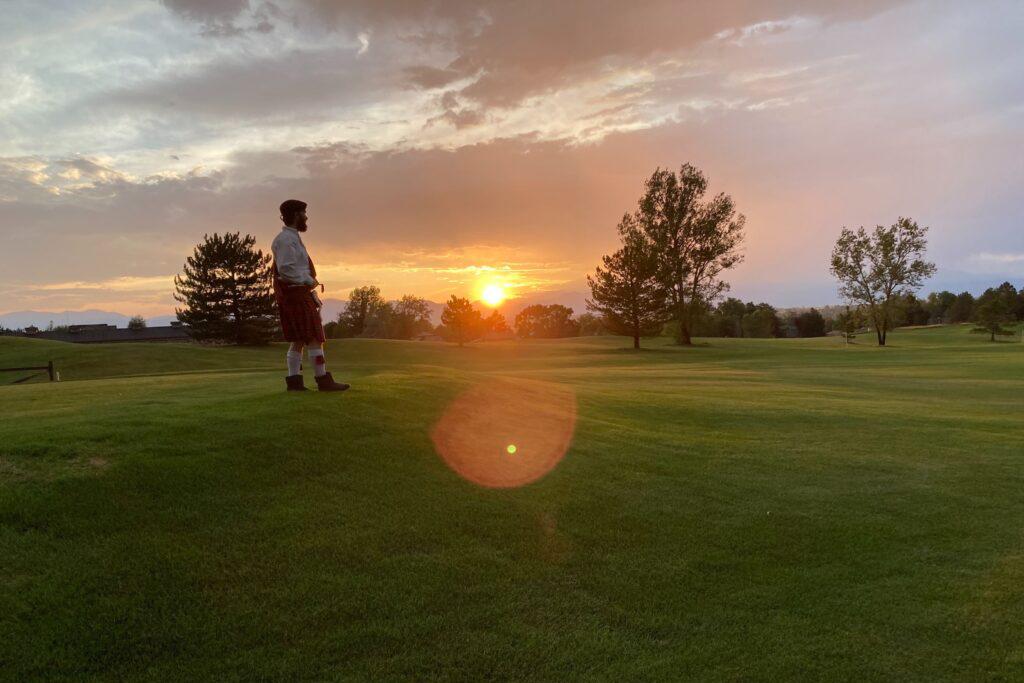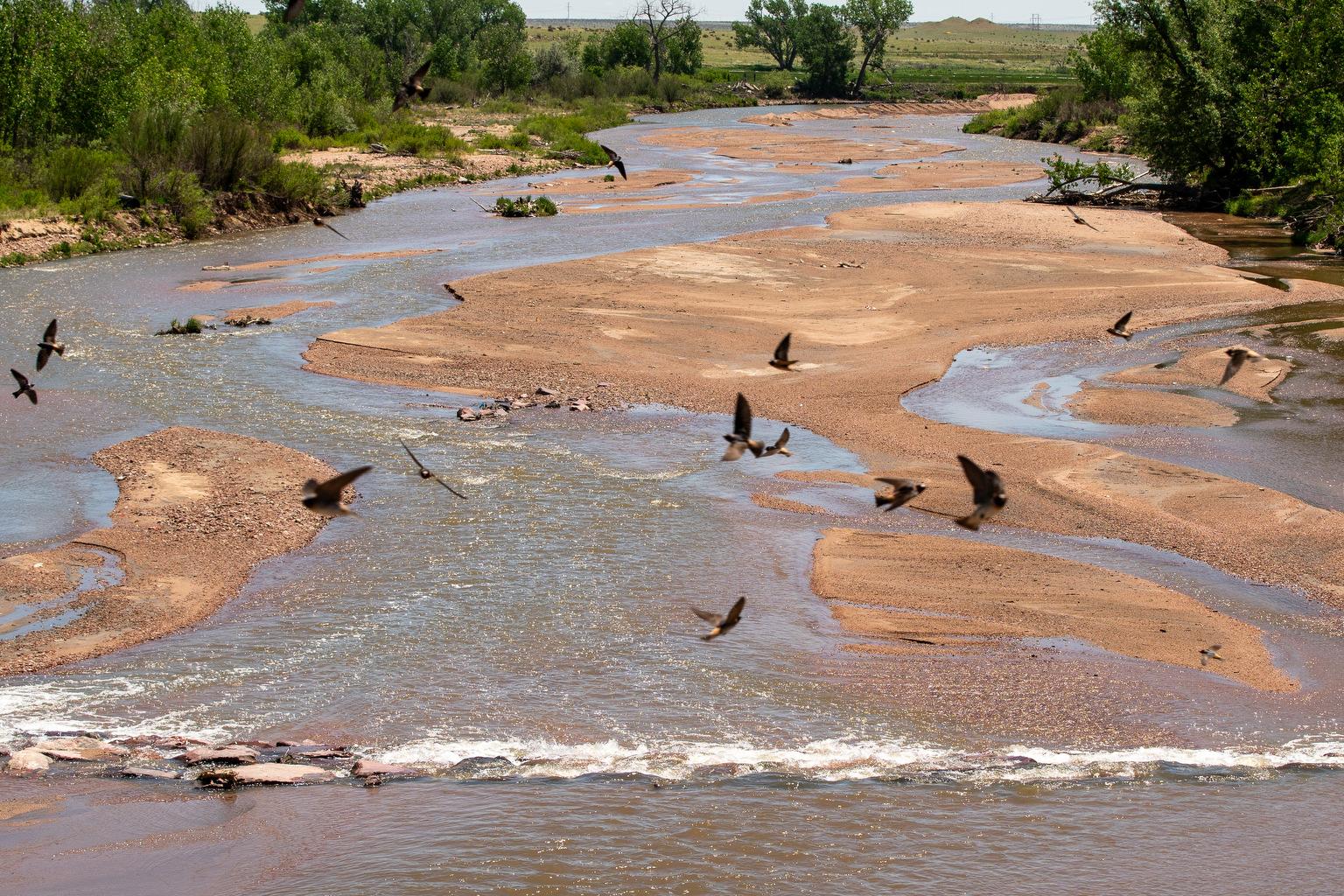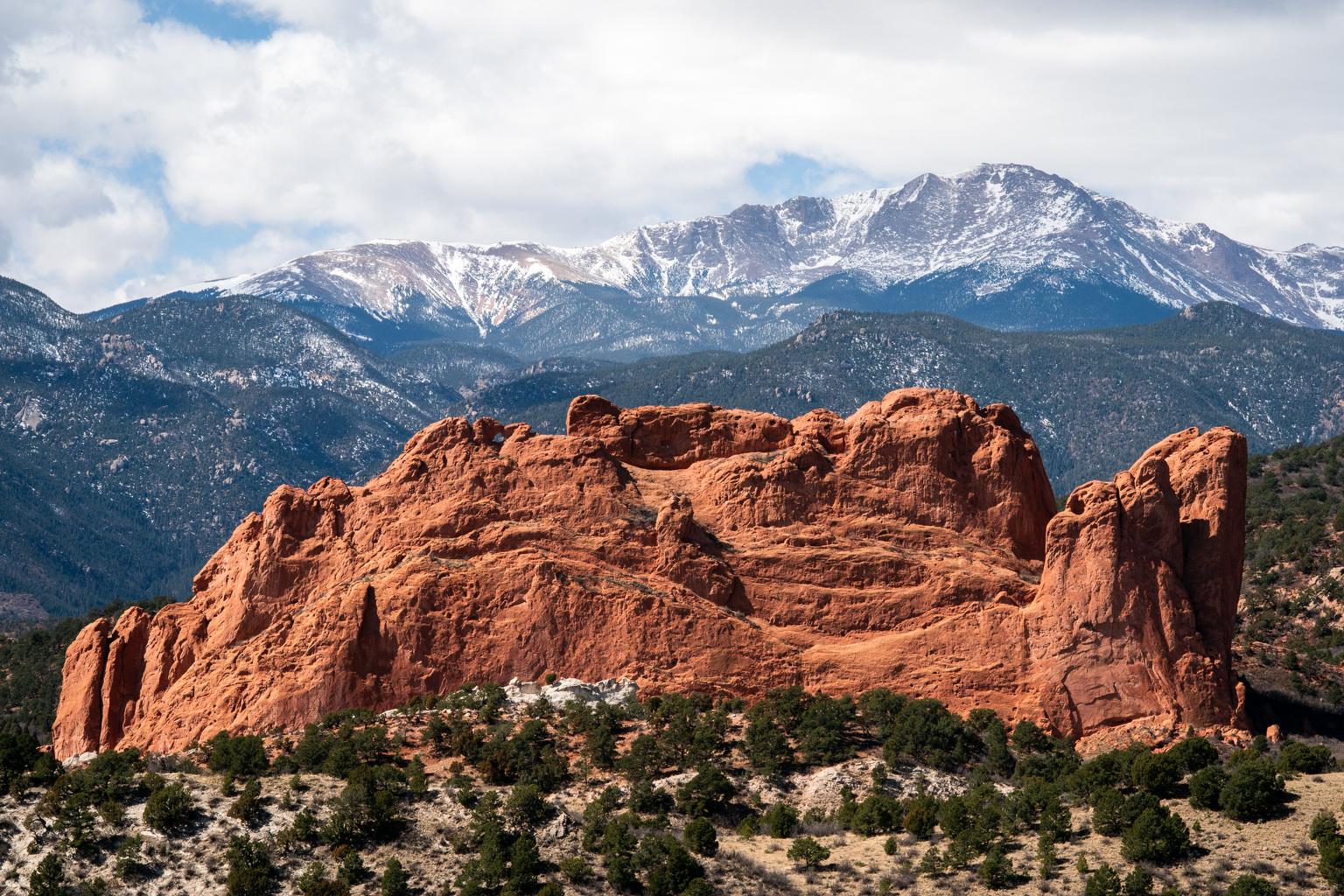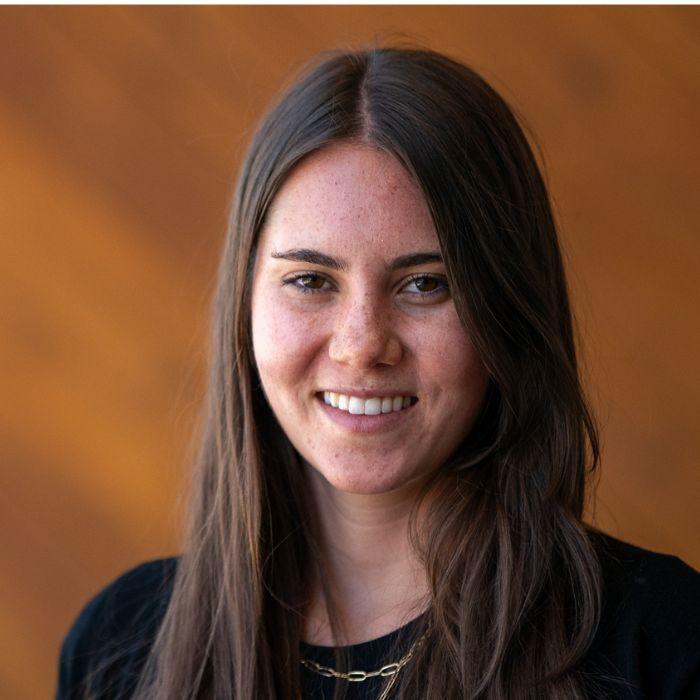
Even on a rare rainy night, the actors in “The Rough” from the Boulder theater group, The Catamounts, scattered across the rolling hills of Westminster’s Legacy Ridge Golf Course.
Once staged at designated holes, they wait for audience members to wind their way around the path via golf carts.
“The Rough” is a show written with COVID-19 in mind, said writer and director Jessica Jackson of Grand Junction.
“This is a very challenging time to be producing theater,” Jackson said. “Luckily, the specific site of a golf course lends itself to social distancing.”
Over the past few months, artists have had to adapt to a world with no large group gatherings and limited in-person performances. The absence of those opportunities to sell tickets or sell work has left a giant hole in the sector’s usual revenue.
A $2.6 billion-sized hole.
“Which is about 8 percent of the total revenue in the creative sector,” said Margaret Hunt, the director of the state arts agency, Colorado Creatives Industries. “So it’s been really significant and the longer this goes on, the greater the concern.”
The creative sector is made up of more than music, theater, dance and visual arts. It also includes culinary arts, advertising and design, architecture, and fashion. But performance and visual arts is the part that’s hurting the most, Hunt said.
“In that sector alone, we lost about 31,780 jobs and about $823 million losses in sales revenue,” she said.
When looking at the whole creative sector, that number is more than 59,000 jobs lost.
But projections for the future of the arts aren’t all completely bad. The Scientific and Cultural Facilities District uses tax money from seven Front Range counties to fund arts organizations, big and small. SCFD’s executive director, Deborah Jordy, said things are looking better than she thought they would at this point.
“We’re holding our own,” she said. “The last four months of sales and use tax have proven to be more resilient than we feared.”
Still, there has been a 9 percent drop in the sales tax SCFD normally sees in an average year. Jordy added that she’s encouraged to know people are buying and generating sales tax, but she isn’t sure how long that will last or what turn the economy could take. But Jordy assured that organizations that qualify for SCFD funding will get at least some of their money no matter what.
“They will all get funding next year, the amount of funding will be determined by tax revenue,” she said. “I’d rather underpromise and over deliver ... In a sense, it’s harder for them to plan possibly but I think it’s better to be realistic.”
- An artist at Leon Gallery connects with his audience live despite the limitations of these coronavirus times
- Art museums are starting to reopen, but Leon Gallery is skeptical
- And now, a lesson in coping with stress from the artists behind Leon Gallery
- Jasmine Abena Colgan’s work draws attention to America’s violent current and past racial history. Her work will reopen Leon gallery
Both Hunt and Jordy said it’s been inspiring to see how organizations have adapted and found new ways to bring art to their communities. Hunt pointed to work the Aspen Film Festival has done to make the event more drive-in style, and Creede Repertory Theatre that’s doing readings of plays written by locals.
“The thing that’s been really heartwarming for me is to see how innovative some of our arts organizations have been with greater and deeper community engagement,” Hunt said.
The pandemic might also be having an unintended benefit to Colorado’s rural arts districts, Hunt said. With COVID-19 outbreaks concentrated in urban areas, more people are moving to rural parts of the state. Take Trinidad and the city’s Space To Create project, which provides affordable housing for artists.
“They’ve already incorporated that idea of creative industries as their community and economic development strategy,” Hunt said. “So they’re ready to receive people, they’re ready to receive creative workers.”








